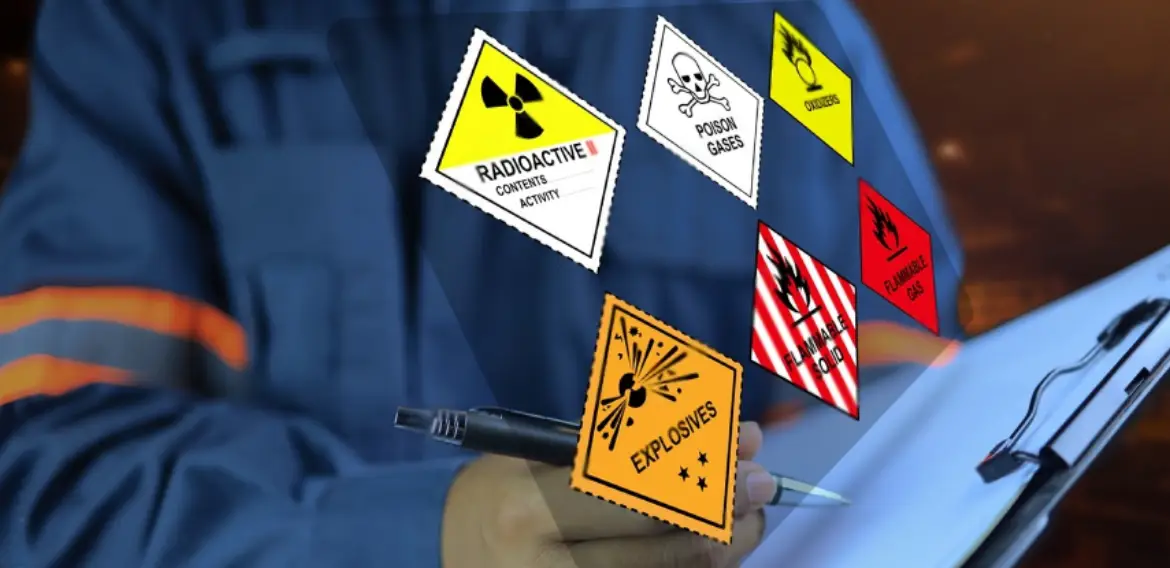The regulatory landscape of New Zealand, as with other countries, recognizes the crucial role of managing and controlling chemical hazards. With a diversified industrial base, from agriculture and forestry to manufacturing and construction, chemical usage is an integral part of New Zealand’s economy. Therefore, effective hazard identification and management of these chemicals is a cornerstone of the country’s efforts to safeguard its people and the environment.
Legislative Framework and Regulatory Bodies
The principal legislation concerning hazardous substances, including chemicals, is the Hazardous Substances and New Organisms Act (HSNO) enacted in 1996. The Environmental Protection Authority (EPA) administers this Act, covering a wide array of responsibilities, including evaluating hazardous substances, monitoring compliance, and undertaking enforcement activities.
Apart from the EPA, other governmental bodies such as WorkSafe New Zealand (responsible for occupational safety and health) also play a role in chemical hazard management, particularly in workplace environments.
Chemical Hazard Identification
The process of chemical hazard identification in New Zealand starts at the point of import or manufacturing. The HSNO Act requires any new chemical substance to be assessed and approved by the EPA before it can be introduced into the country. The assessment process includes a thorough evaluation of the substance’s potential hazards to both human health and the environment.
Hazard identification also occurs in the workplace. Employers are required by the Health and Safety at Work Act (HSWA) to identify hazards that may harm their workers, including chemical hazards. This involves understanding the properties of chemicals used, their potential risks, and the possible routes of exposure.
Chemical Hazard Management
Once a chemical hazard is identified, appropriate management measures are employed. This can range from the containment and reduction of exposure to the safe disposal of chemicals.
Personal Protective Equipment (PPE): In workplaces where chemicals are handled, PPE is commonly used to protect employees from exposure. This can include safety glasses, gloves, and chemical-resistant clothing.
Training and Education: Employees are also trained to handle chemicals safely. They are educated about the correct procedures for storage, handling, and disposal of chemicals. Moreover, they are taught to understand Safety Data Sheets (SDS), which provide detailed information about a specific chemical’s hazards and safe handling procedures.
Safe Storage and Disposal: The EPA provides guidelines on the safe storage of chemicals to prevent leaks, spills, and other potential hazards. Similarly, the disposal of chemicals is strictly regulated to prevent contamination of the environment.
Emergency Preparedness: Organisations must have emergency response plans in place to handle chemical spills or leaks. This includes having spill kits readily available and training staff in emergency procedures.
Chemical Hazard Management Planning: This involves creating a comprehensive plan that identifies potential hazards, outlines control measures, and plans for emergencies. It should also incorporate regular reviews and updates to adapt to changes in chemical usage or advances in safety measures.
Conclusion
The New Zealand government has a robust system in place for chemical hazard identification and management. It is designed to protect its citizens, the environment, and contribute to the sustainable growth of its industries. The continual refinement and enforcement of this system ensure that New Zealand remains at the forefront of global best practices in managing chemical hazards.

